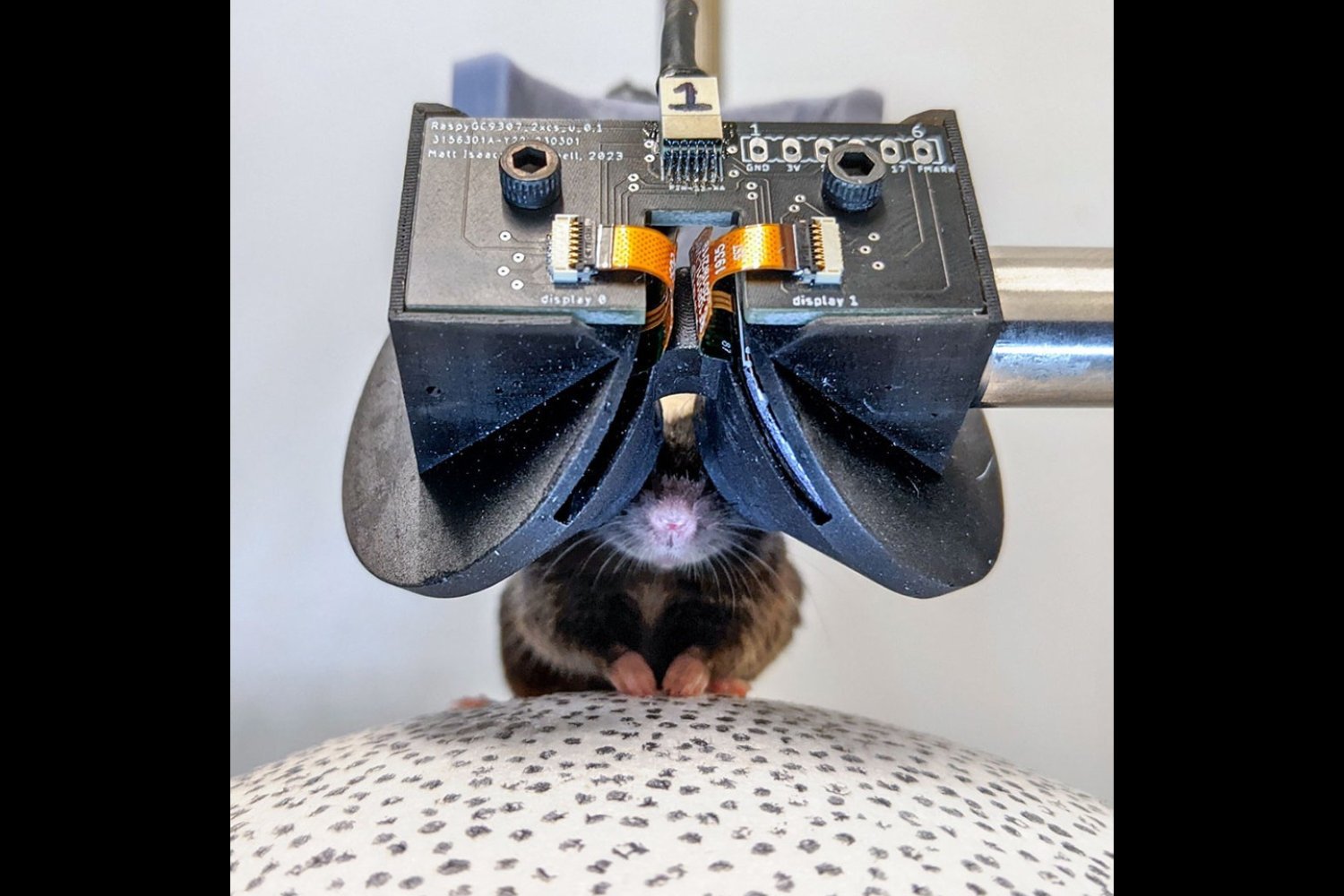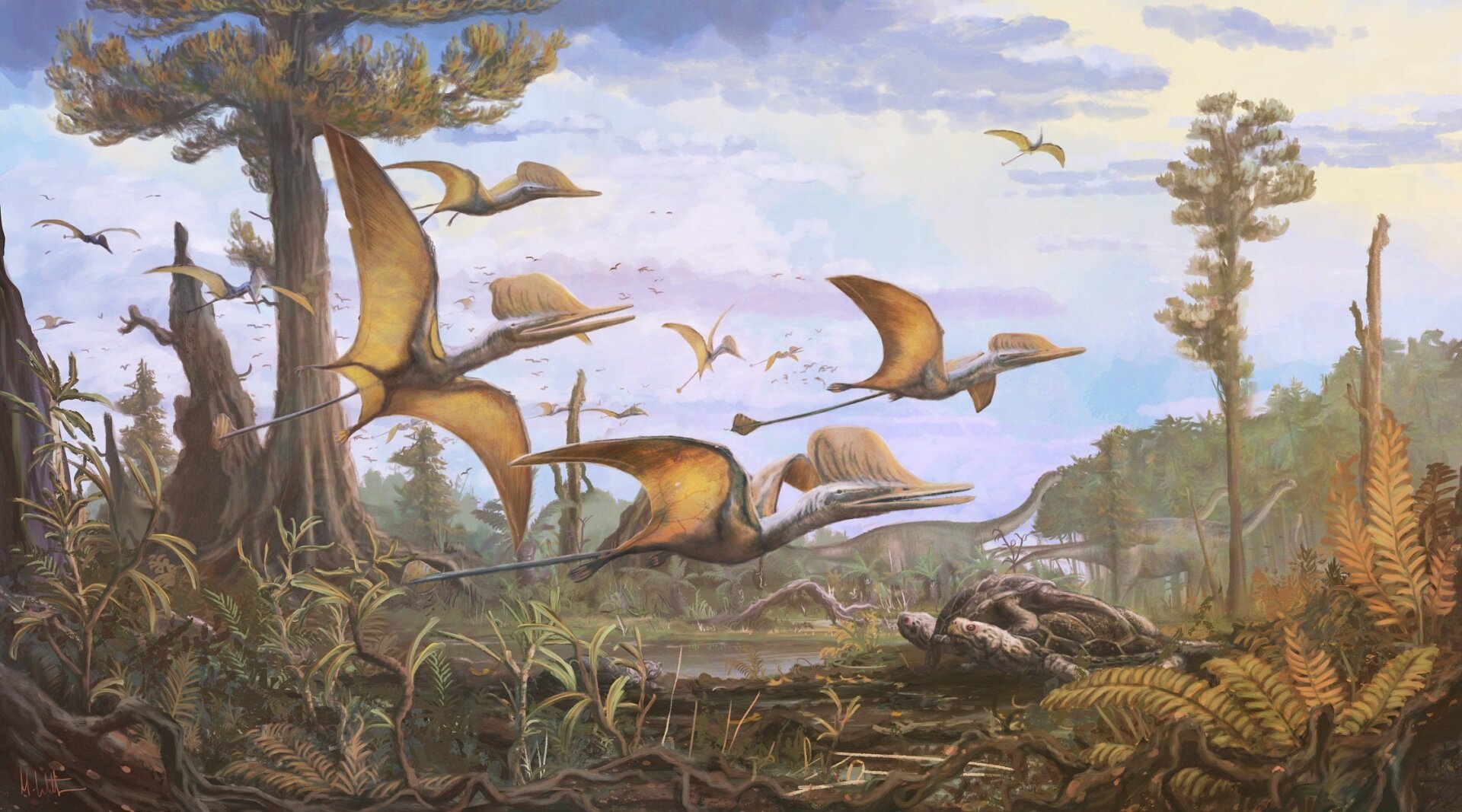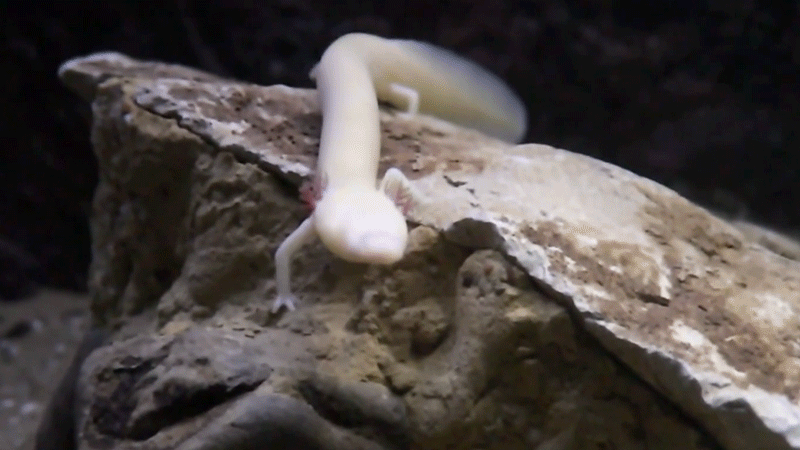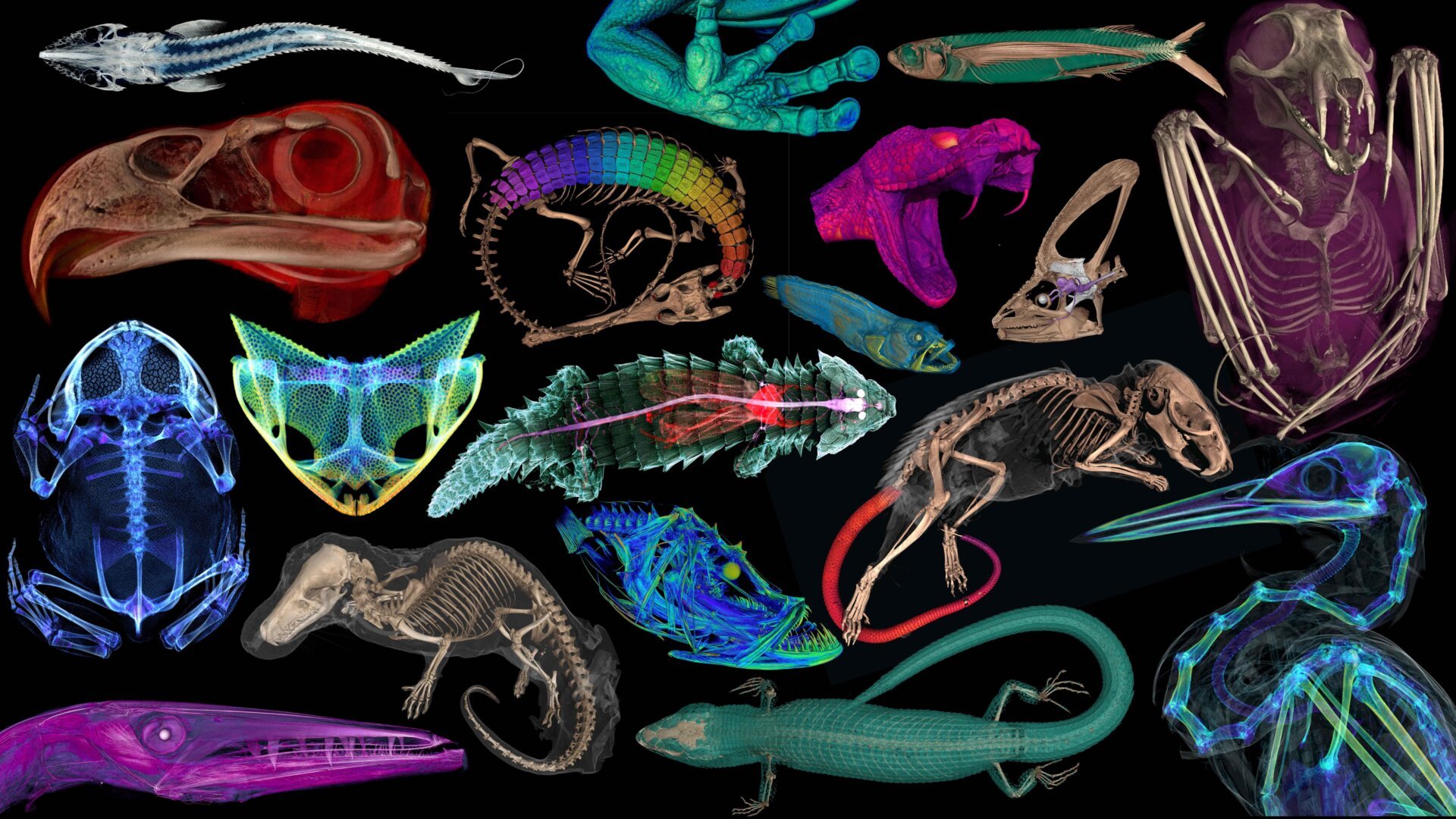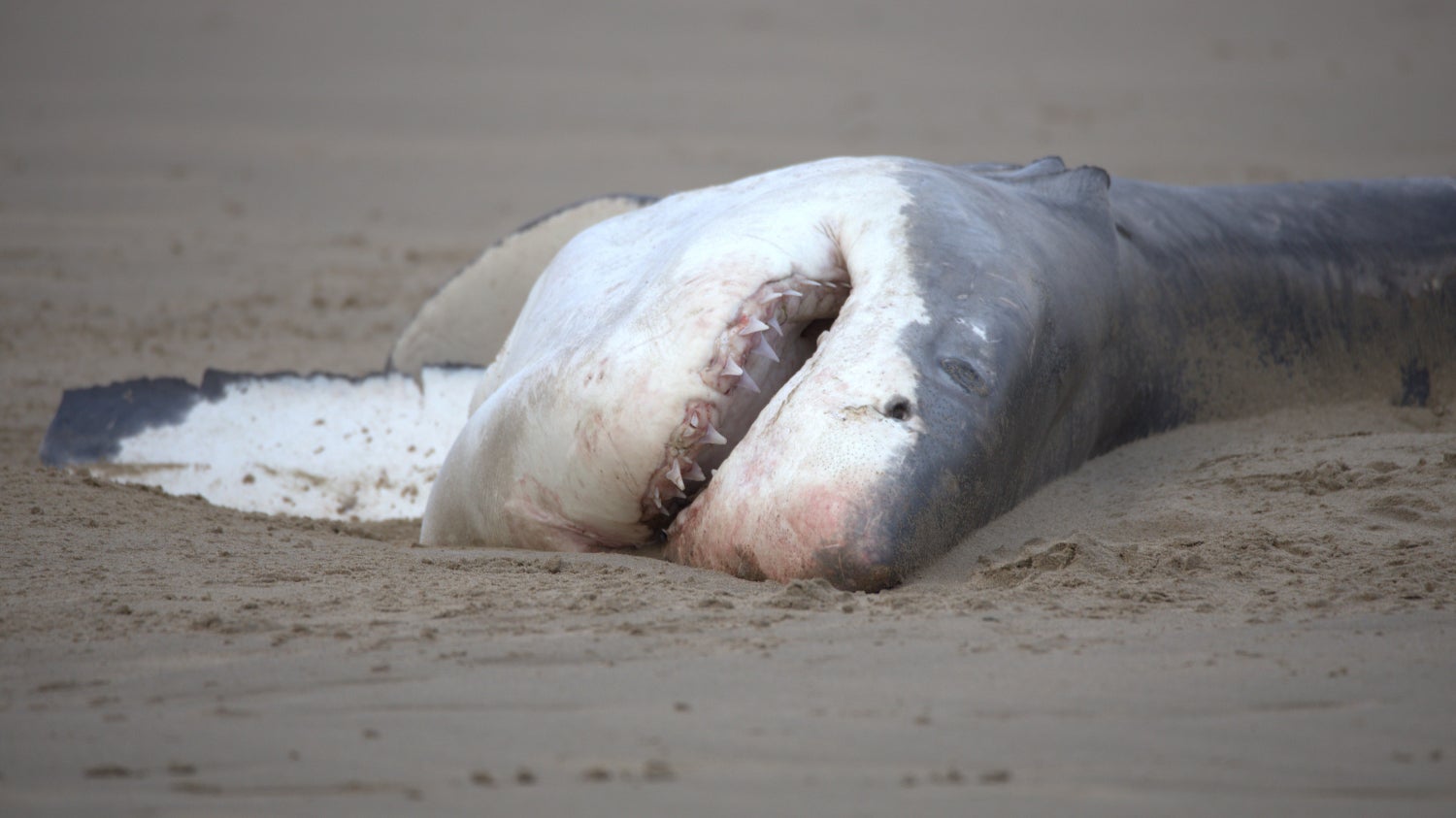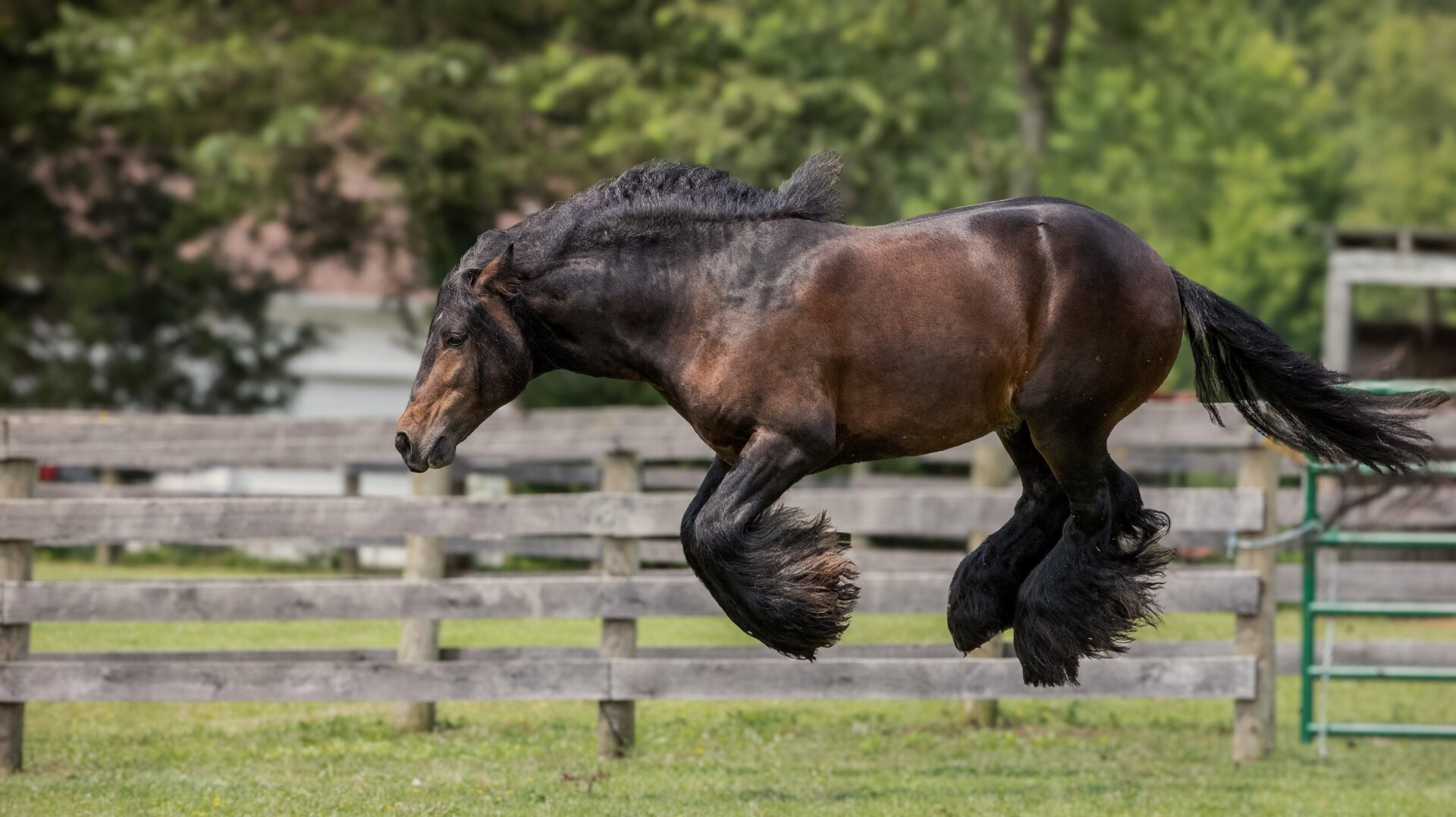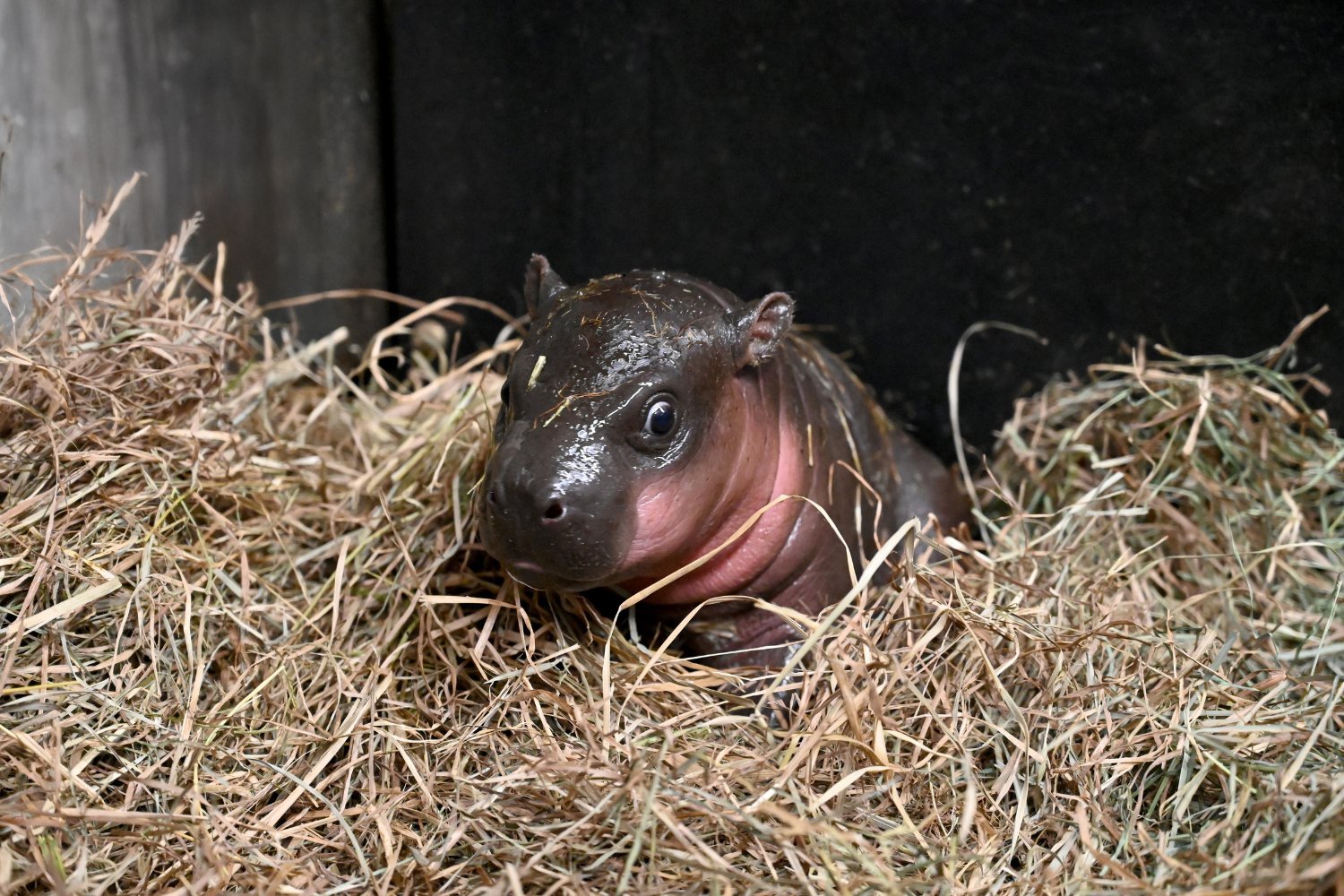Virtual reality isn’t just for humans anymore. Researchers at Cornell University have developed a groundbreaking VR system specifically designed for mice, aptly named MouseGoggles. This innovative technology allows scientists to create more realistic and immersive virtual environments for rodents in lab settings, opening up new possibilities for research in neuroscience and other fields.
Traditional mouse VR setups, often involving treadmills and surrounding screens, have limitations. These systems typically don’t cover the mouse’s entire field of vision, and the animals’ responses to the simulated environment can be slow or nonexistent. MouseGoggles addresses these shortcomings by providing a more immersive experience, leading to more natural and robust behavioral responses.
Unlike attempting to miniaturize existing VR headsets, the Cornell team ingeniously repurposed readily available components from smartwatches and other devices to create MouseGoggles. This resourceful approach resulted in a low-cost and effective VR system that fits perfectly onto a mouse’s head while it navigates a treadmill. As lead scientist Matthew Isaacson explained to the Cornell Chronicle, “The perfect size display, as it turns out, for a mouse VR headset is pretty much already made for smart watches.”
To validate the effectiveness of MouseGoggles, the researchers conducted a series of experiments involving various visual stimuli while monitoring the mice’s brain activity and behavior. The results were striking. For instance, when presented with a simulated approaching predator (a dark expanding blotch), the mice wearing MouseGoggles exhibited immediate and dramatic startle responses, jumping and reacting defensively. This reaction was notably absent in mice tested with traditional VR setups, highlighting the increased realism achieved with MouseGoggles.
Published in Nature Methods, the team’s findings underscore the potential of MouseGoggles to revolutionize animal research. This enhanced VR technology promises more accurate and insightful studies of brain activity, particularly in areas like spatial navigation and memory, which are crucial for understanding conditions like Alzheimer’s disease. It could also pave the way for more effective preclinical testing of treatments for various brain disorders.
The Cornell team’s innovation goes beyond existing mouse VR systems by incorporating eye and pupil tracking, providing valuable data on the animals’ visual attention and responses. Looking ahead, they are already working on a lightweight, mobile version of MouseGoggles suitable for larger rodents like rats and tree shrews. Future iterations may even include sensory simulations beyond vision, such as taste and smell, further enriching the virtual environment.
The development of MouseGoggles represents a significant advancement in VR technology for animal research, offering a more naturalistic and engaging experience for rodents while providing researchers with valuable insights into brain function and behavior. This innovative approach promises to unlock new avenues for scientific discovery and accelerate the development of effective treatments for neurological disorders.



